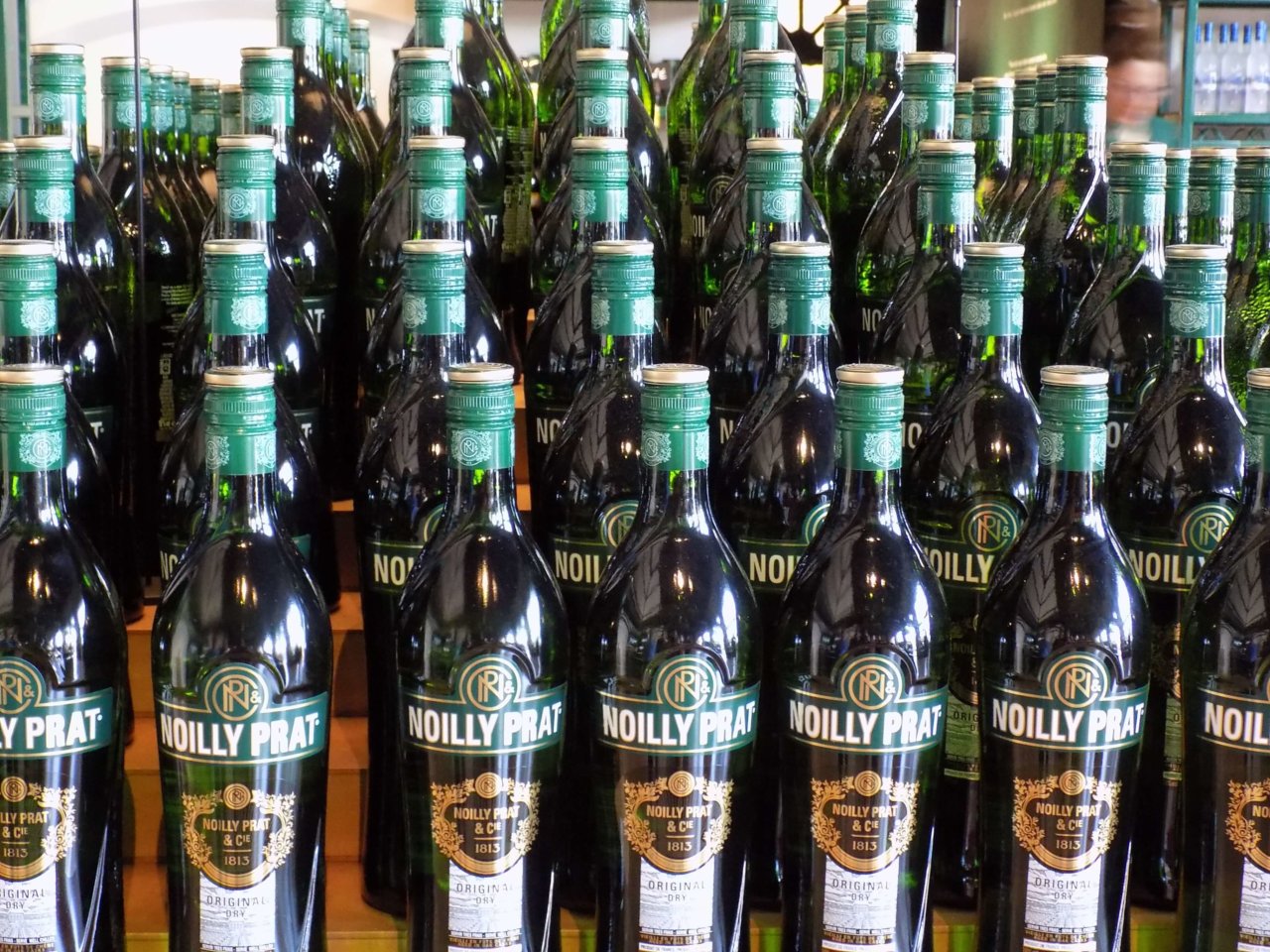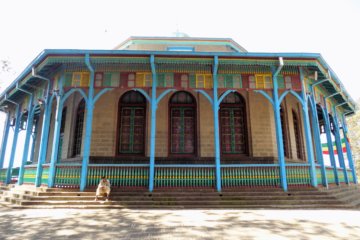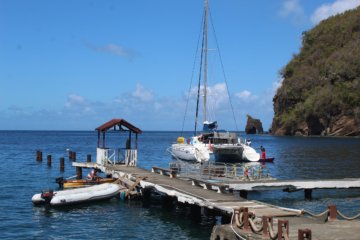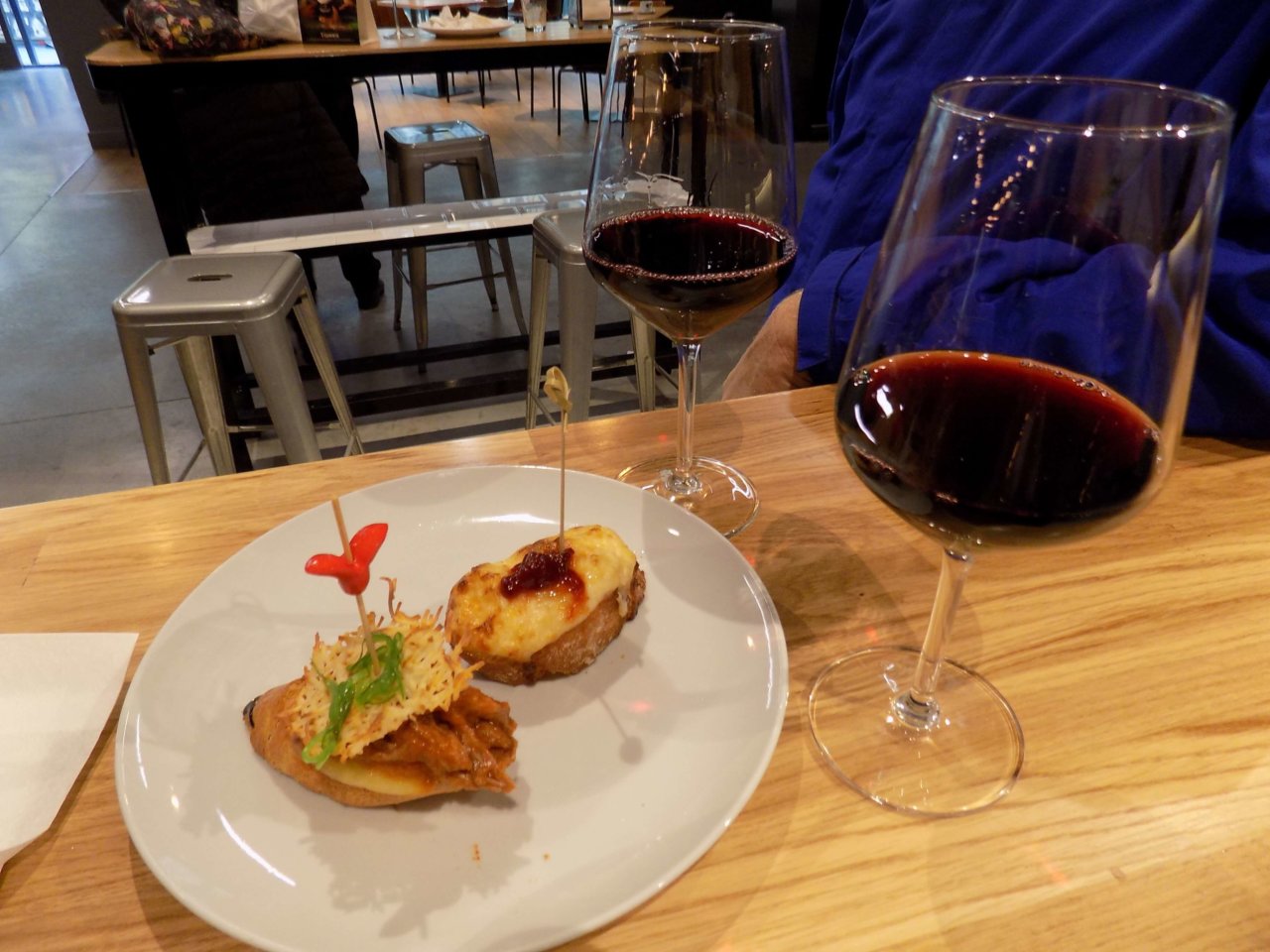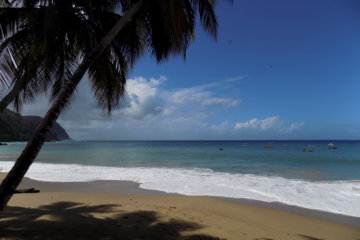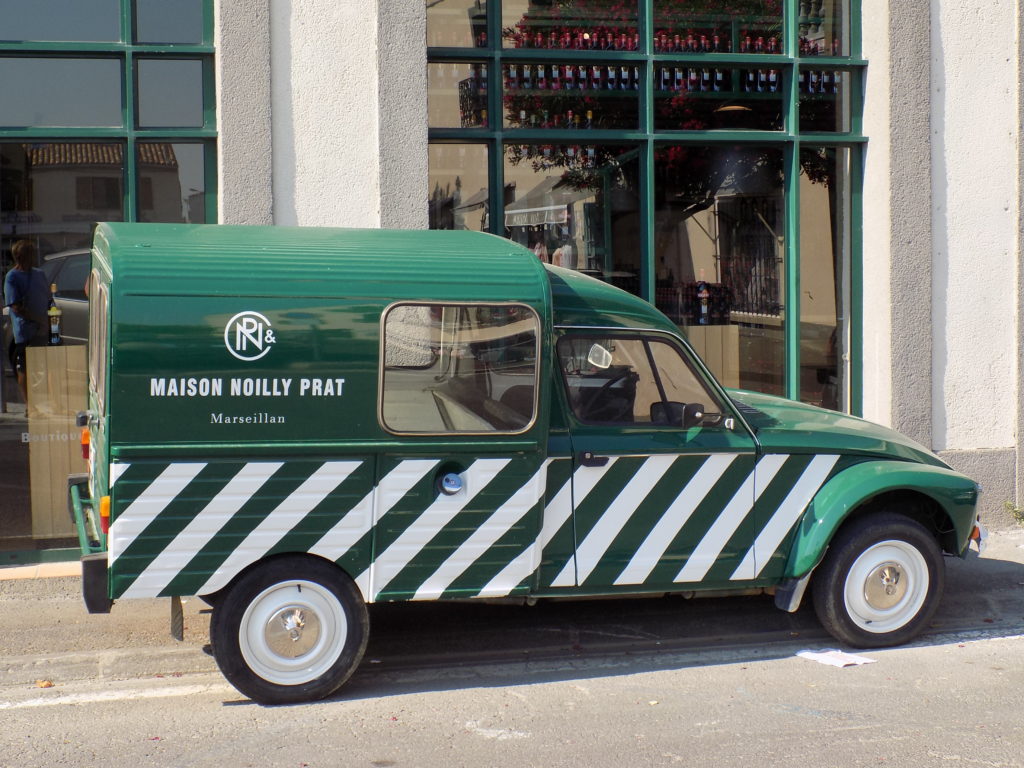
In this article
Visiting the distillery
As a long-time lover of a good vermouth, I have often planned to visit the Noilly Prat distillery in Marseillan, Languedoc, but never quite got round to it. The other week, we rectified that situation.
Arriving at the distillery just before its 10am opening time, we were quite taken with the vintage van, sign-written with the company’s logo, which was parked outside. The staff, all dressed in company green, opened on time and were friendly and welcoming. There was a coach party booked in first thing and then there was a scheduled 10.15am ‘discovery experience’ to be conducted in French. This was fine as I would have translated for Mark. In the event, we were the only people waiting for the tour, so a replacement guide was found who spoke impeccable English and we were treated to a private tour which was both informative and entertaining.
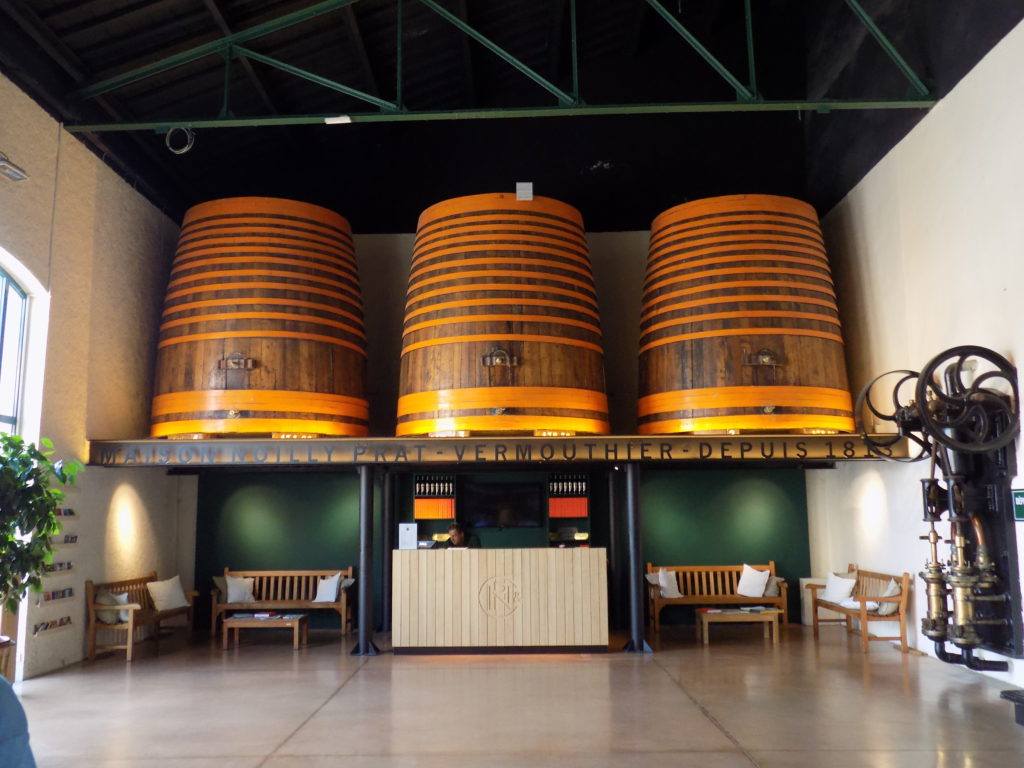
We paid 7.50 euros each for our tour and tasting, which we thought was excellent value. The distillery also offers two other more in-depth tours with higher ticket prices. All tours are bookable in advance – useful if you want to be sure of getting a guide who speaks your language.
Our guide, Pascal, came to introduce himself and then led us through huge metal doors into the original storerooms. The smell which hit us was intoxicating, a delicious blend of oak and wine. Here, Pascal told us something of the history of Noilly Prat.
The history of Noilly Prat
Vermouth was first produced in the mid to late 18th century in Turin, Italy. In 1813, Joseph Noilly, a herbalist and spice shop owner, created the first French version of vermouth. The blend of herbs and spices he used is the recipe which is still in use today. His son, Louis, established La Maison Noilly Prat with his son-in-law, Claudius Prat, in 1850 in the picturesque fishing village of Marseillan. He chose the seaside location because of its proximity to lots of vineyards, its climate, and the sea air. It had previously been noted that wine stored on the decks of ships undertaking long sea voyages improved with exposure to sea spray. Louis Noilly wanted to replicate those conditions in his headquarters. In 1865, following the deaths of both men, the company was taken over by Louis’s daughter (Claudius’s widow), Anne-Rosine, who was a pioneer in the field of women’s rights and safe working practices. She oversaw the continuing success of the business and the establishment of the Noilly Prat brand as one of the world’s leading vermouths. Indeed, it is said that the Original Dry was included in the world’s first ‘martini cocktail’ created at New York’s iconic Knickerbocker Hotel.
Today, the company is part of the Bacardi-Martini family, but it retains its prestige brand status and limited annual production.
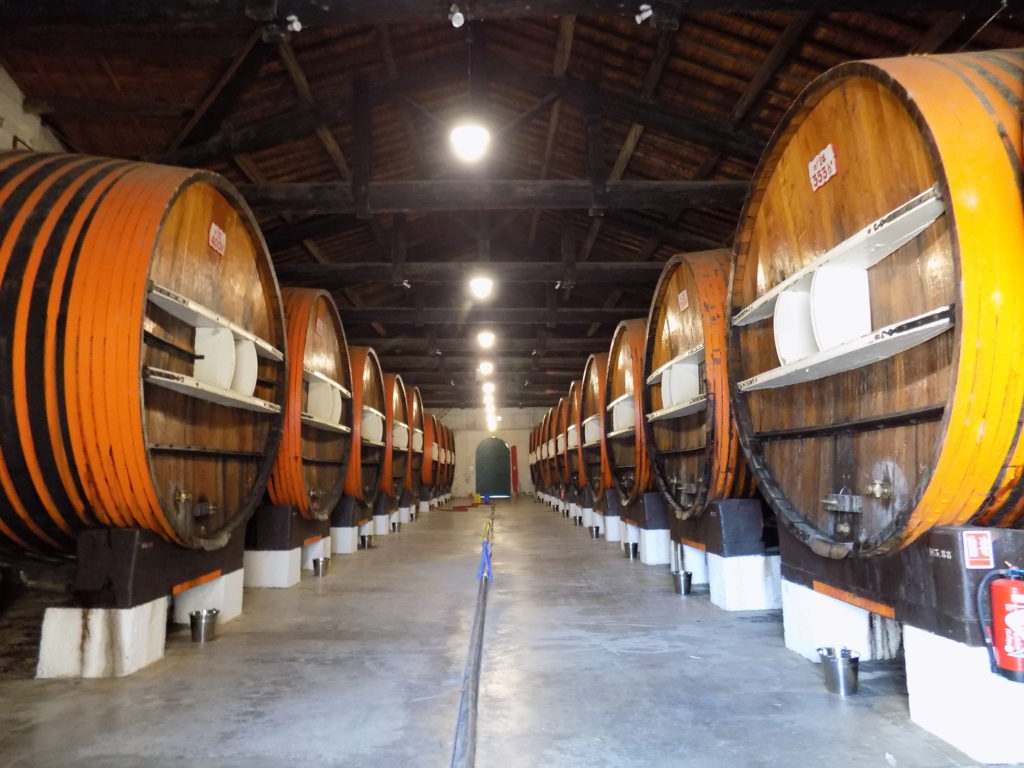
The production process
After the history lesson, Pascal explained the manufacturing process to us. The storeroom we were standing in was home to some 21 massive Canadian oak casks, the largest of which has a capacity of 40,200 litres! Sixteen of these are currently in use. They are the original casks, constructed in situ between 1851 and 1855. Obviously, they have needed the odd repair over time and the original man-holes in the fronts, which were squeezed through by workers to check the interiors, have been sealed and replaced by remote cameras which are inserted via the tops.
The vermouth making process begins with mistelle, a mixture of fermented grape juice and a little neutral alcohol. This is matured in these massive casks for eight months. During that time, 1.5 – 2 % of the volume is lost due to evaporation (the angels’ share), and the wine takes on the flavour, and some of the colour, of the oak.
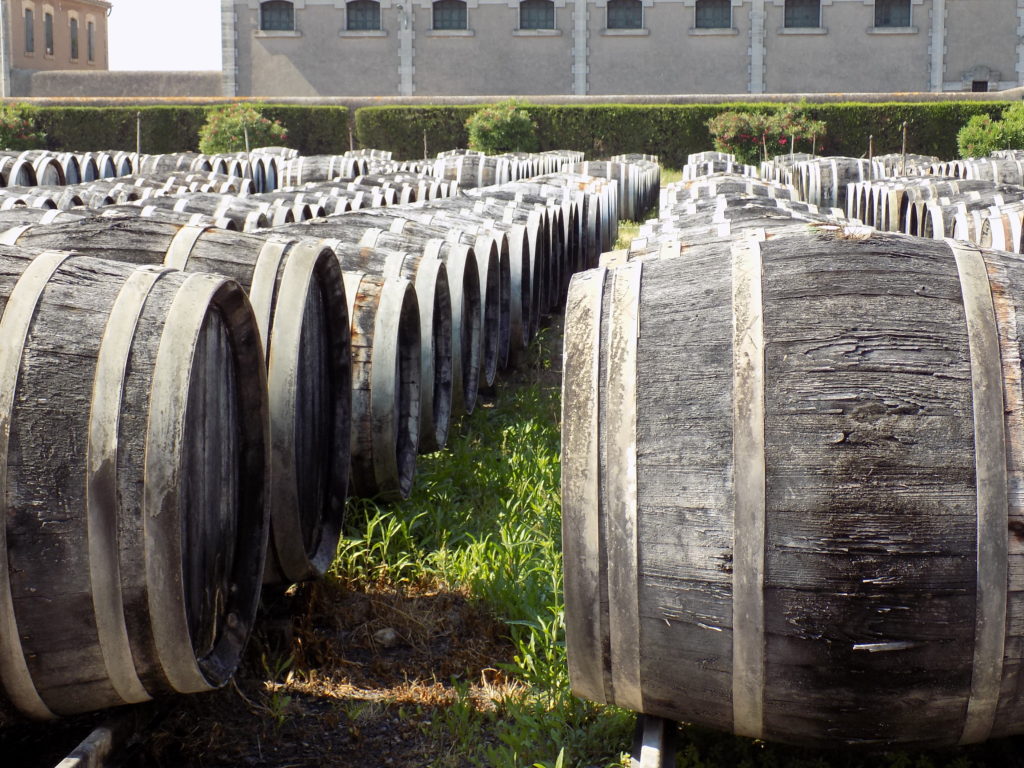
Noilly Prat is made exclusively from two white grape varieties grown in the Marseillan area – Picpoul de Pinet and Clairette. These produce light, fruity wines which are drunk locally as the perfect accompaniment to seafood. To make vermouth, these two wines are matured in small oak barrels which are left outside for a year. They are exposed to the sun, sea breezes, and low winter temperatures, while the wine is slowly changing. On hot days, as on the day we visited, the barrels have to be sprayed with water for 30 minutes three times a day to stop the wood shrinking and causing the wine to leak out. As it is, during the year, 6 – 8% of the volume is lost to evaporation. This is not referred to as the ‘angels’ share’, but, rather, the ‘seagulls’ share’, as Pascal is convinced the noisy birds flying over the barrels are permanently drunk!
The barrels used are in their third incarnation. Originally, they would have been used in sherry production in Spain. When they came to the end of their useful life there, they were taken to France or Scotland to be used to mature, and give flavour to, cognac and whisky respectively. When no further flavour could be extracted, they come to be used in vermouth production. This is their final resting place. After ten years or so of useful life here, they, Pascal told us, make the best kindling for barbecues ever!
When the year is up, the wine is transferred to holding tanks where it is left to rest for a while before being piped into the factory for blending. Due to changes in health and safety legislation, visitors are no longer allowed in the factory – the walkways are too narrow. So, instead, a visitor centre has been set up to illustrate the rest of the manufacturing process.
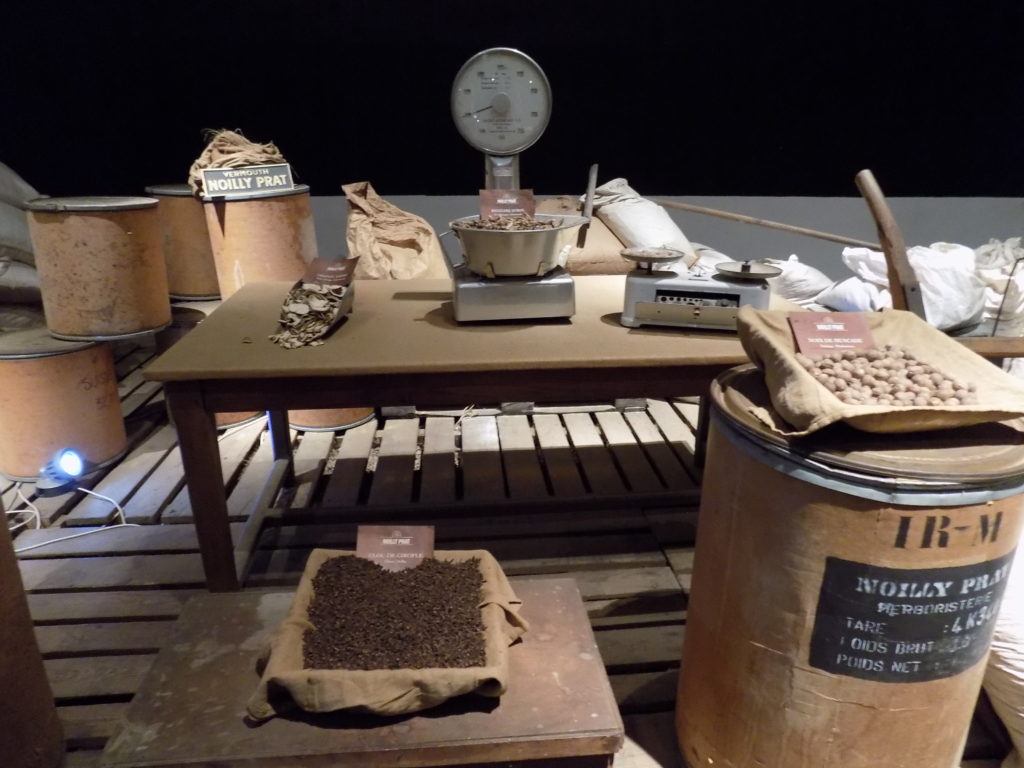
The aged dry whites, Picpoul and Clairette, are now blended with the mistelle which softens the wine and gives the final blend a smooth sweetness. A secret combination of 20 dried and crushed aromatic herbs and spices (including camomile, bitter orange, nutmeg, gentian and coriander) is added and the whole lot is macerated in oval oak casks for 21 days. Each morning, the mixture is stirred by hand for two minutes using a special tool called a wand. This process is called dodinage and ensures that all of the aromatics are equally distributed.
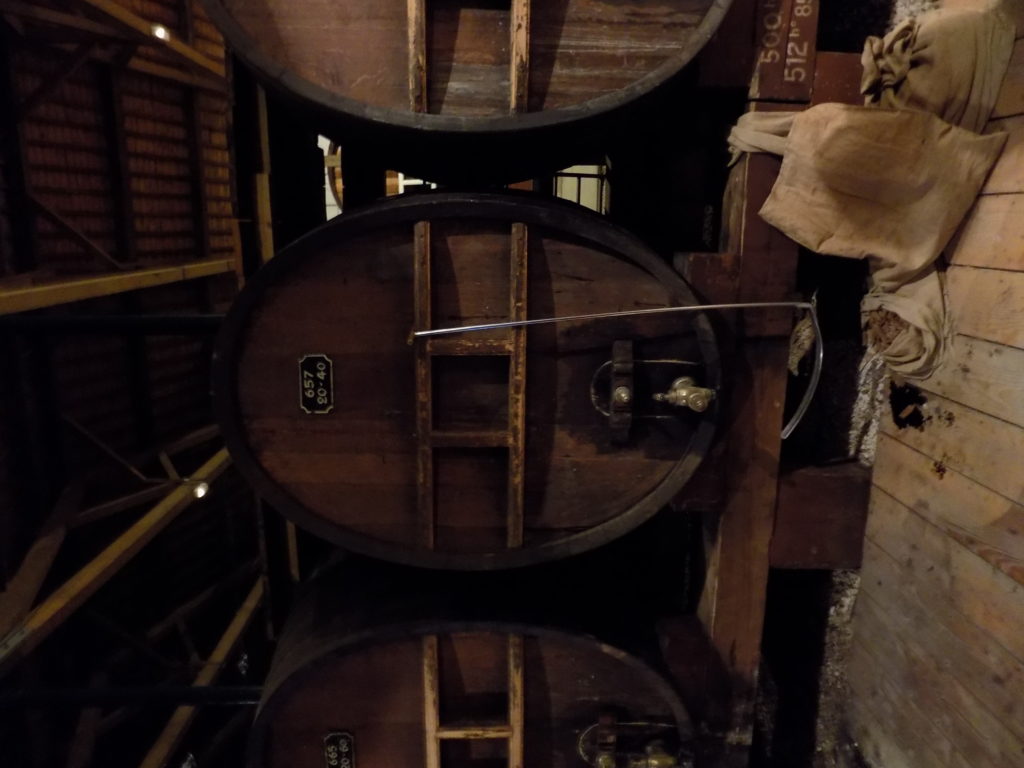
After a further six weeks maturing in cask, the finished product is ready for bottling.
Types of Noilly Prat
Most Noilly Prat production is the Original Dry Vermouth, enjoyed chilled as an aperitif or in martini cocktails, but there are also three other special varieties. Noilly Prat Rouge is made in the same way but has the addition of cloves and some other secret flavourings to give it a rich reddish colour. It is produced solely for export and is only available in France via the factory shop in Marseillan. It smells of Christmas and is delicious served with pate or foie gras. The Ambre version also has limited production and distribution. It makes the perfect accompaniment to soft cheese. The final variant is Extra Dry which was formulated specifically for the American cocktail market. It is lighter, fresher and brighter than the original.
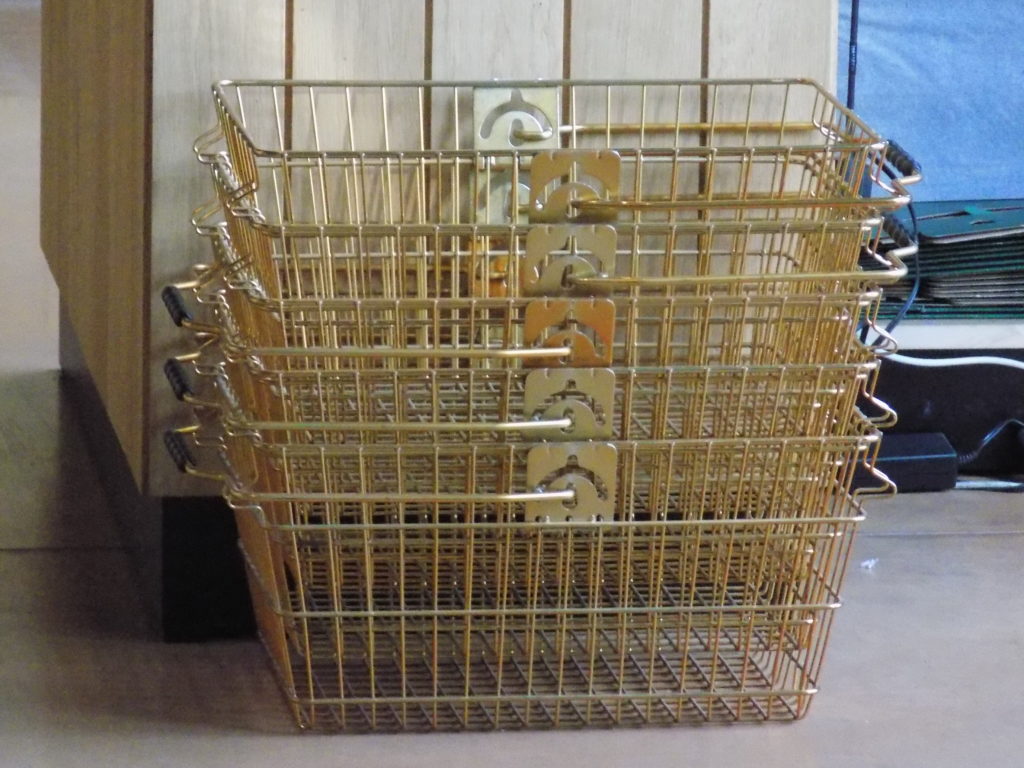
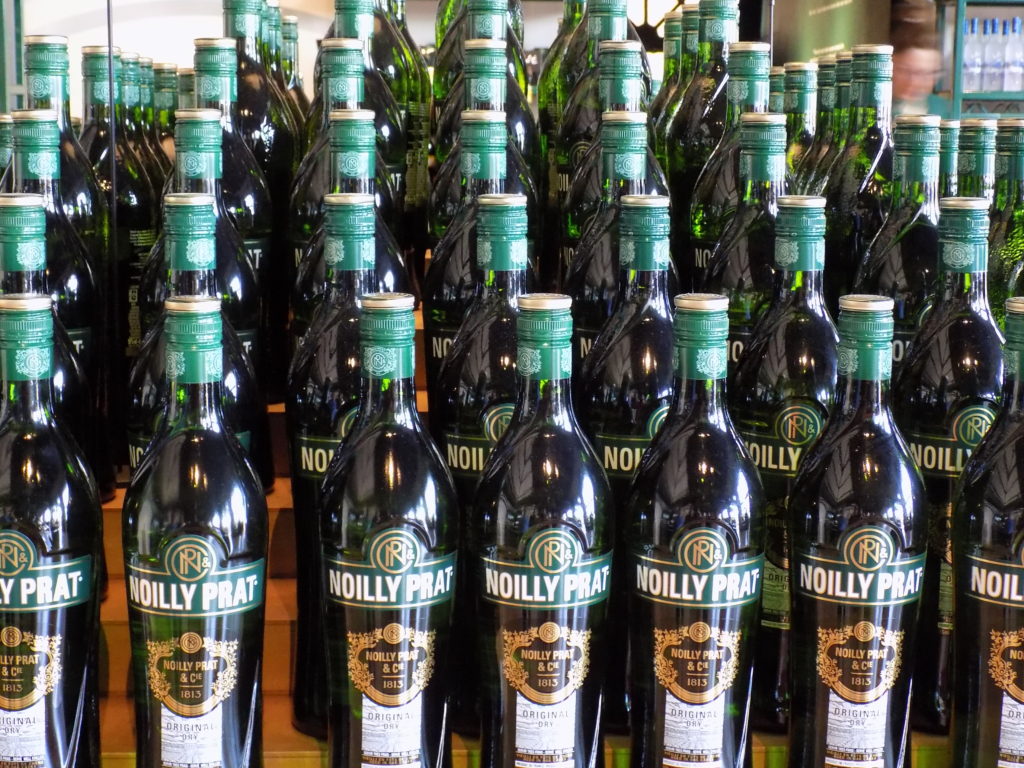
After the tour, we got to try all four versions of Noilly Prat and ended up buying a bottle of each! The Extra Dry served ice cold (but DO NOT add ice – it’s taken 18 months to make it, so don’t dilute it! – Pascal, 2017) with oil of lime rind squeezed around the rim of the glass, was a revelation!!
Luckily, we don’t live too far away, so we can easily top-up when our supplies get low!!
Read more about Marseillan and Languedoc (or buy a bottle to try!):
Book your stay in France!
LIKE WHAT YOU’VE READ? PIN IT!!
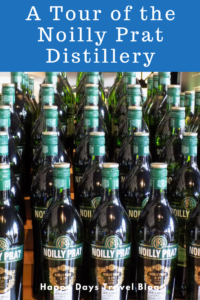
Disclosure: This post contains affiliate links. If you click through for more information, or to make a purchase, it may result in a small commission coming my way. Please note that there is no extra cost to you associated with this. Thank you so much for supporting my site.
Join our mailing list

Sign up to receive our monthly newsletter. Keep up with what we're doing and be the first to receive special offers and insider tips.

